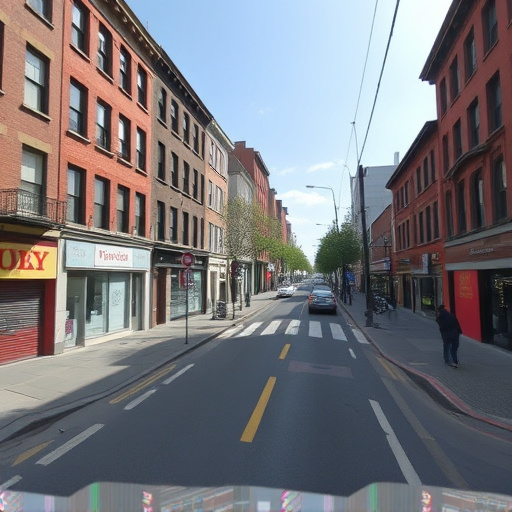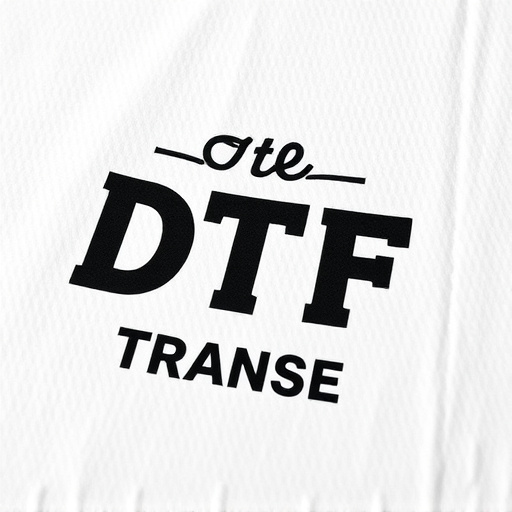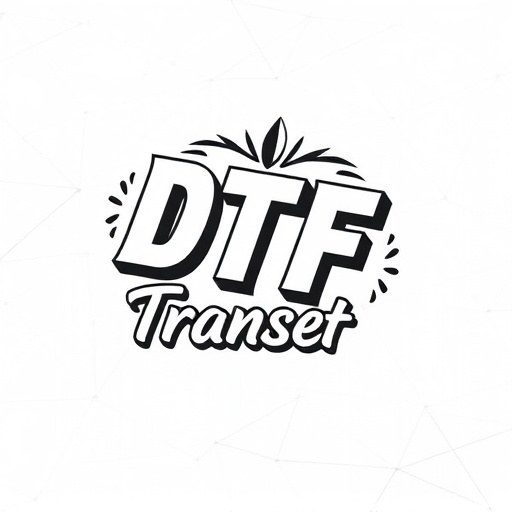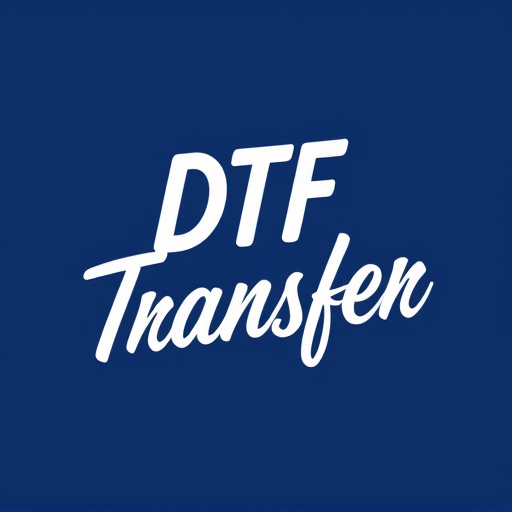Direct-to-film (DTF) transfer and printing is a cutting-edge process producing high-quality prints on various surfaces. It offers intricate designs, vibrant colors, and fast turnaround times compared to traditional methods. Delivery timeframes for DTF products are influenced by design complexity, printing technology, order volume, shipping options, and geographical location. Businesses can choose between expedited (24-48 hours) and standard (3-5 business days) shipping based on needs and budget. Tracking and understanding DTF printing intricacies are crucial for managing expectations and ensuring timely, high-quality prints. Real-world applications in clothing, packaging, and other industries highlight the versatility and speed of DTF technology. Enhancing delivery experiences involves meeting customer expectations, efficient inventory management, streamlined order processing, diverse shipping options, and effective communication.
“Unveiling the ins and outs of direct-to-film (DTF) product deliveries is essential for anyone looking to streamline their printing process. This article explores the comprehensive journey from order placement to final DTF prints. We delve into the understanding of the unique DTF transfer and printing process, dissecting factors that impact delivery timelines.
Learn about expedited vs. standard shipping options and gain insights on tracking your orders. Through case studies and best practices, we ensure a seamless DTF delivery experience, optimizing efficiency for all.”
- Understanding Direct-to-Film (DTF) Transfer and Printing Process
- Factors Influencing DTF Delivery Timeframes
- Expedited vs Standard DTF Shipping Options
- Tracking Your DTF Order: What to Expect
- Case Studies: Successful DTF Product Deliveries
- Best Practices for Optimizing DTF Delivery Experience
Understanding Direct-to-Film (DTF) Transfer and Printing Process
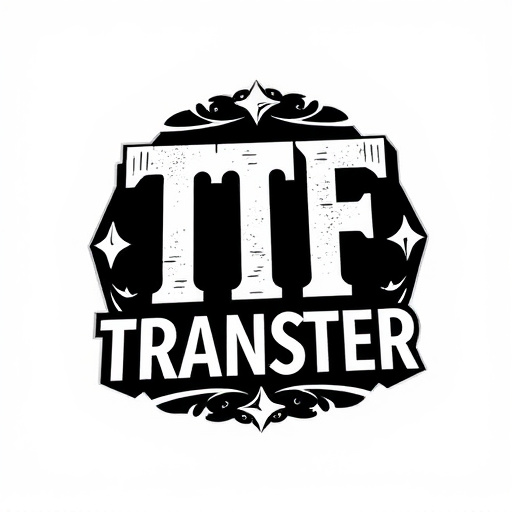
Direct-to-film (DTF) transfer and printing is a cutting-edge process that has revolutionized the way we produce high-quality prints directly onto various surfaces, including film. This innovative technique involves using specialized equipment to apply ink directly onto the desired substrate, offering a fast and efficient alternative to traditional printing methods. DTF allows for intricate designs and vibrant colors, making it popular among artists, brands, and filmmakers looking to create unique visual experiences.
The process begins with preparing the film or substrate, ensuring it’s clean and free from any contaminants. Then, using advanced printers, ink is precisely deposited onto the material, layer by layer, creating a detailed and accurate image. This method ensures that every nuance of the design is captured, resulting in DTF prints that are both durable and visually stunning. Whether for promotional materials, art installations, or feature films, DTF transfer provides a quick turnaround time without compromising on quality, making it an attractive option for those seeking efficient and distinctive printing solutions.
Factors Influencing DTF Delivery Timeframes
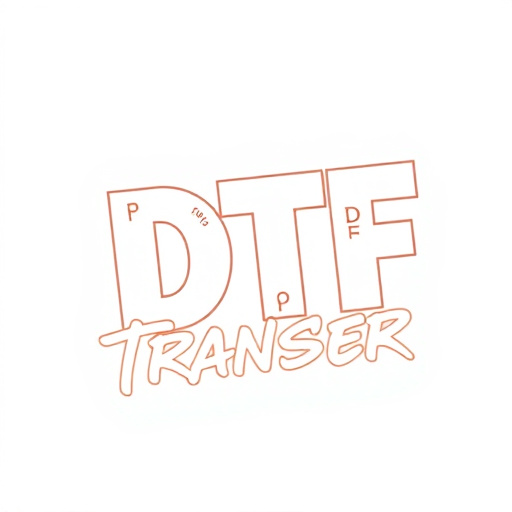
Several key factors significantly influence the delivery timeframes for Direct-to-Film (DTF) products. Firstly, the complexity of the design plays a crucial role; intricate or detailed DTF prints naturally take longer to prepare and process compared to simpler graphics. Additionally, the chosen DTF transfer method and printing technology can impact turnaround times. For instance, advanced DTF printing techniques might offer faster processing, while specific material requirements could introduce delays.
Another critical aspect is order volume and queue management. High-demand periods or large batch orders may result in extended wait times due to the need for efficient planning and resource allocation. Furthermore, shipping options and geographical location also contribute to delivery timelines, with potential variances based on distance and carrier services selected for DTF transfer and delivery of final prints.
Expedited vs Standard DTF Shipping Options
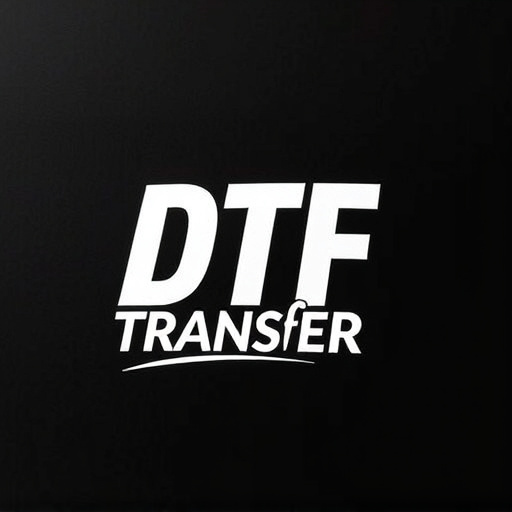
When considering delivery options for direct-to-film (DTF) products, understanding the distinctions between expedited and standard shipping is essential. Expedited DTF shipping offers a faster turnaround time, ensuring that your films are delivered in as little as 24 to 48 hours. This option is ideal for clients with urgent needs or those who require their DTF transfers promptly. The process involves priority processing at every stage, from the moment the order is placed until it reaches its destination.
On the other hand, standard DTF shipping provides a more affordable and flexible delivery timeframe, typically ranging from 3 to 5 business days. While it may not be as swift as its expedited counterpart, it offers significant cost savings for smaller orders or when budget constraints are a priority. Standard DTF printing allows businesses to manage their inventory levels effectively while still receiving high-quality prints within a reasonable period.
Tracking Your DTF Order: What to Expect
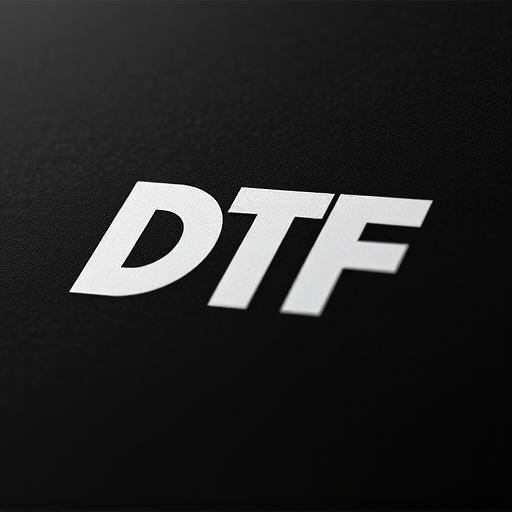
When you order a Direct-to-Film (DTF) product, tracking your shipment is an essential part of understanding when to expect your prints. Unlike traditional printing methods, DTF transfers require precise timing and conditions for successful application. Once your order is processed, you’ll receive a unique tracking number that allows you to monitor the progress of your DTF transfer right up until its delivery. This transparency is crucial for those who demand high-quality results and want to ensure their prints arrive on time.
Your tracking information will provide insights into when your order has been received, processed, and prepared for shipping. It may also include estimated delivery dates, allowing you to plan accordingly. Keep in mind that DTF printing involves several intricate steps, including the preparation of emulsions, exposure to light, and careful development, which can influence the overall turnaround time. Staying informed through tracking ensures you’re ready to receive your DTF prints when they arrive.
Case Studies: Successful DTF Product Deliveries
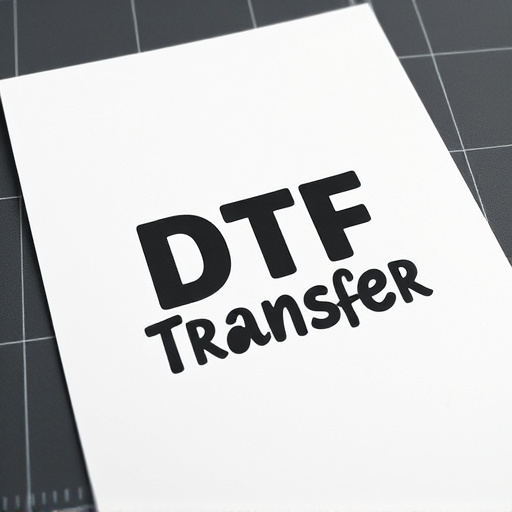
Direct-to-film (DTF) products have seen a surge in popularity due to their unique capabilities and benefits. Case studies of successful DTF deliveries highlight efficient and effective processes that have revolutionized various industries. For instance, one prominent case involves a clothing brand that utilized DTF printing for custom apparel. By employing this method, they achieved lightning-fast turnaround times, enabling them to cater to time-sensitive orders during peak seasons. The DTF transfer process ensured crisp, high-quality prints on a variety of fabrics, resulting in satisfied customers and increased sales.
Another success story comes from the packaging industry, where a tech startup adopted DTF for custom box designs. This approach allowed them to swiftly adapt to ever-changing market demands, printing intricate patterns and logos directly onto cardboard. The flexibility of DTF technology enabled the startup to maintain competitive edge, offering unique product presentations that caught consumer attention. These real-world applications underscore the versatility and speed of DTF Printing, making it an indispensable option for businesses seeking efficient, high-quality production solutions, whether for clothing, packaging, or other direct-to-film products.
Best Practices for Optimizing DTF Delivery Experience

To optimize the delivery experience for direct-to-film (DTF) products, start by understanding your customers’ expectations. In today’s fast-paced world, quick turnaround times are crucial for DTF transfers and printing. Aim to deliver prints within 24 to 48 hours for a competitive edge; this swift service can significantly enhance customer satisfaction. Efficient inventory management is key; ensure you have the right materials in stock to avoid delays caused by supply chain issues.
Implement streamlined order processing systems to manage DTF orders effectively. Digital solutions enable quick file uploads, accurate order tracking, and efficient communication with clients regarding status updates. Additionally, offer multiple delivery options, such as express shipping for time-sensitive projects or standard shipping for less urgent orders, catering to diverse customer needs.







